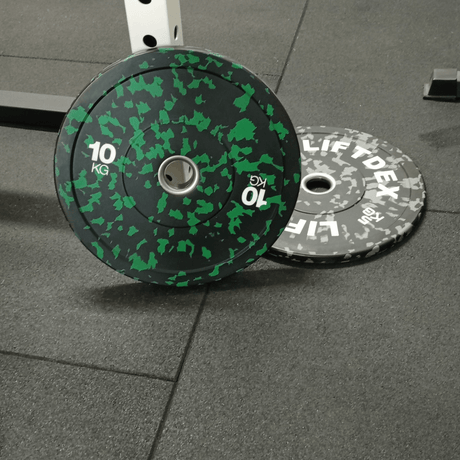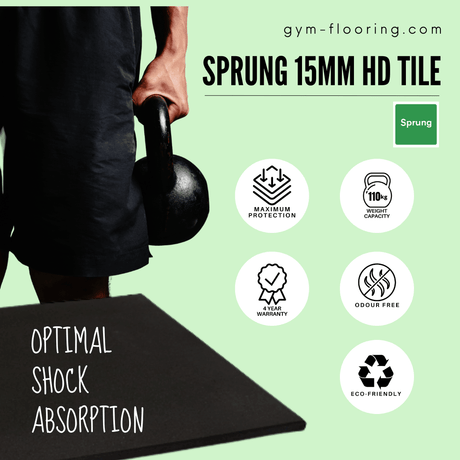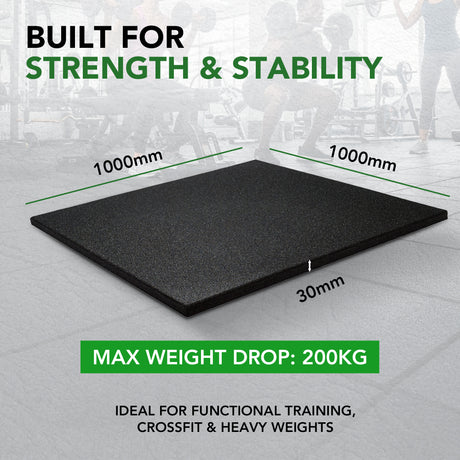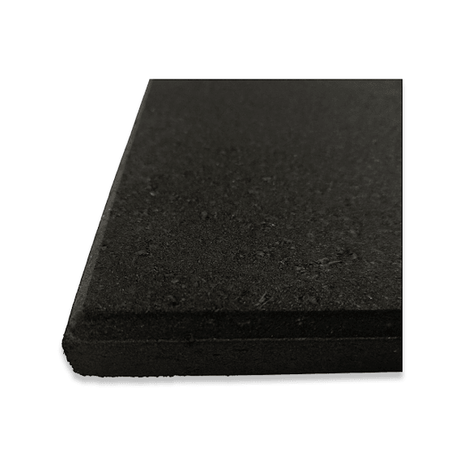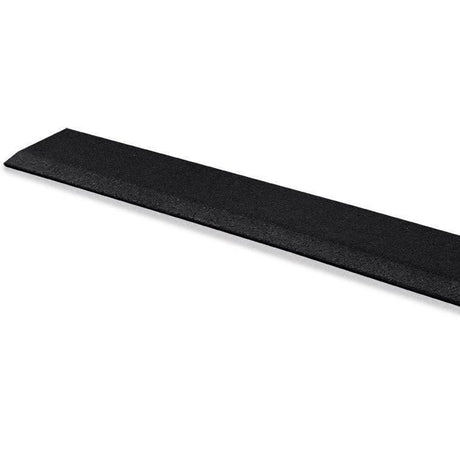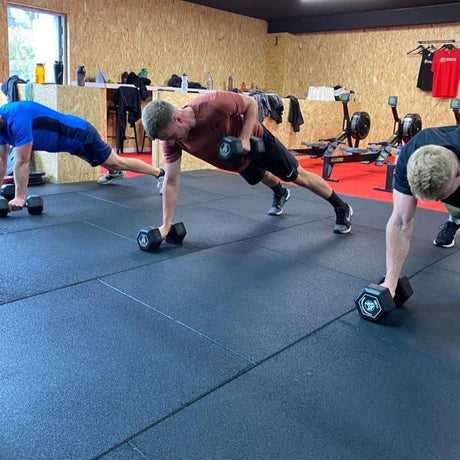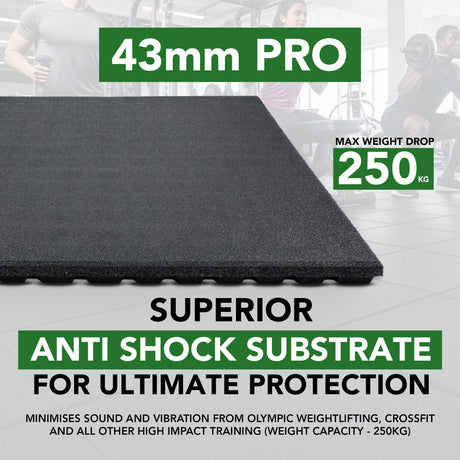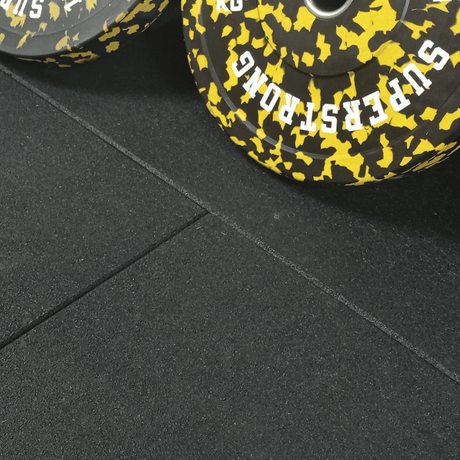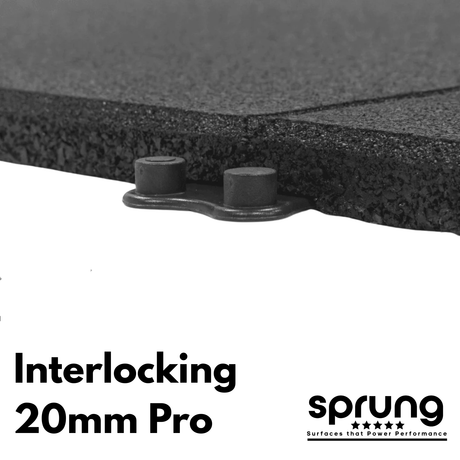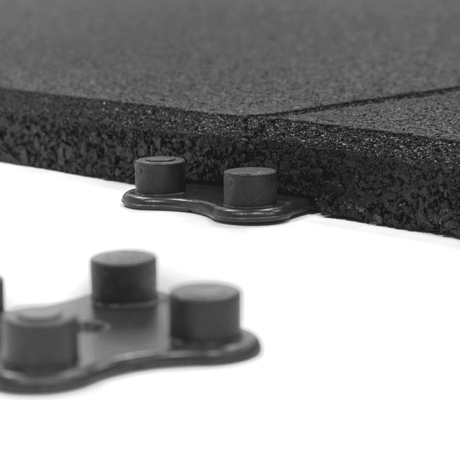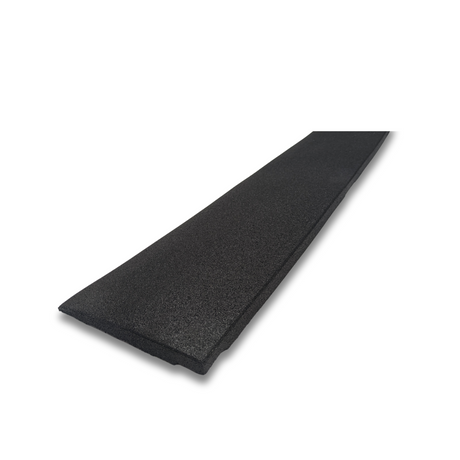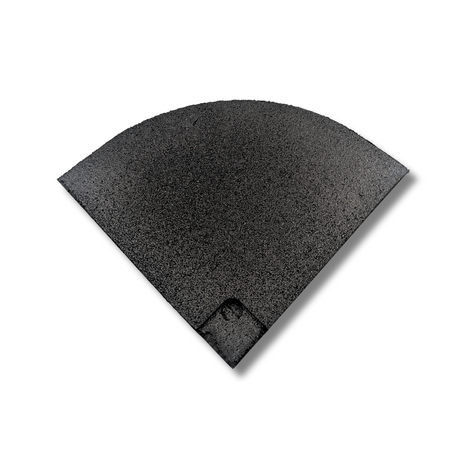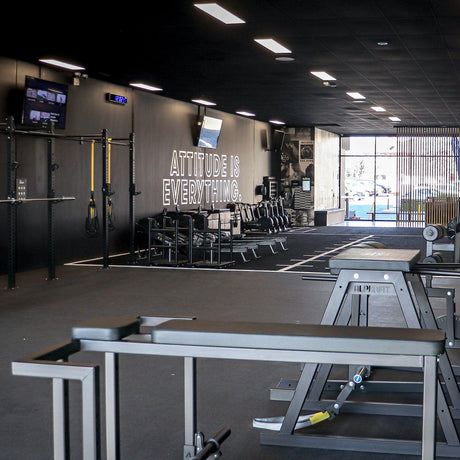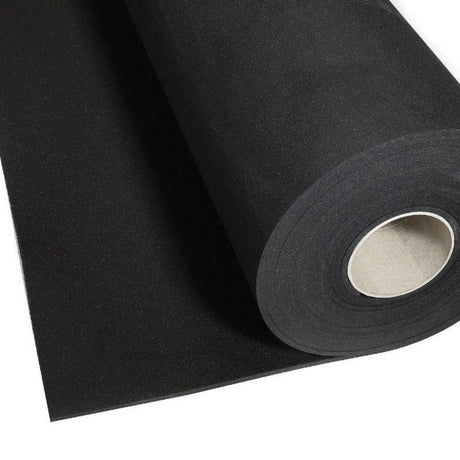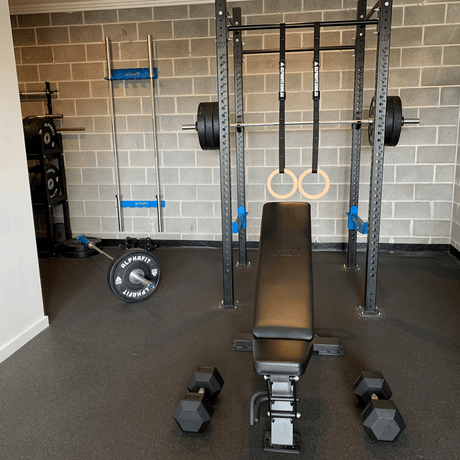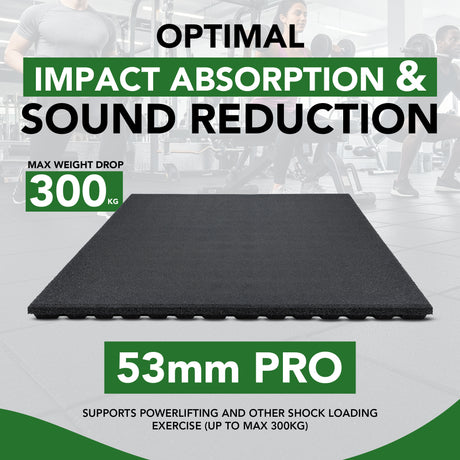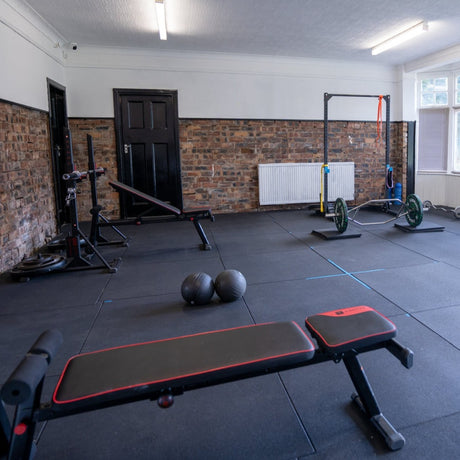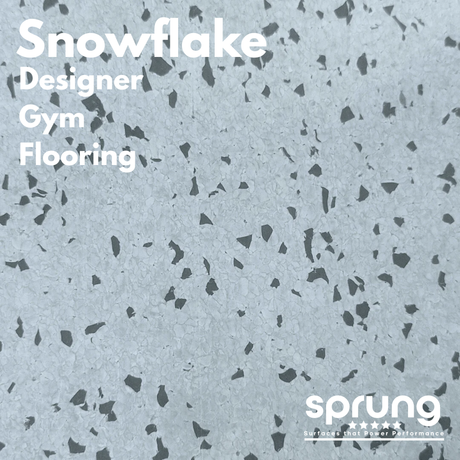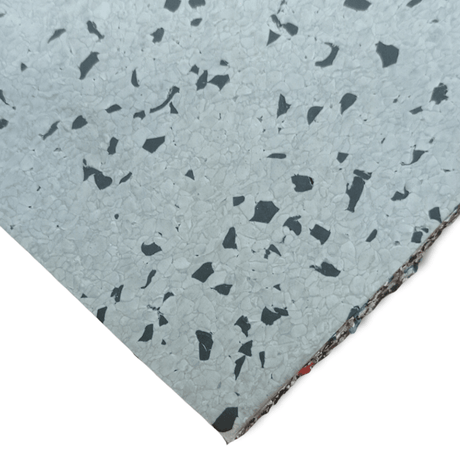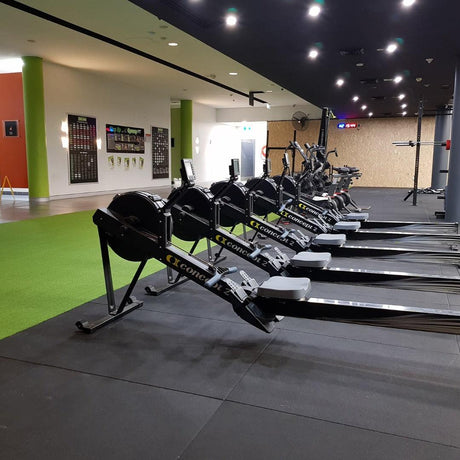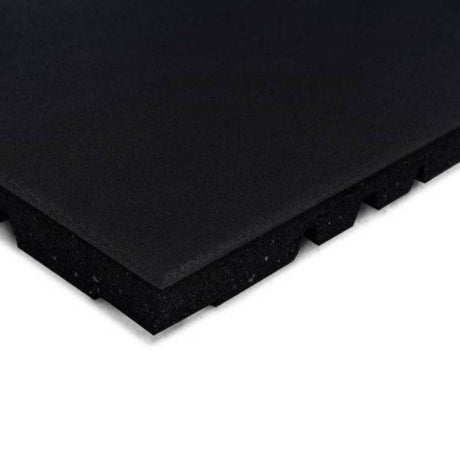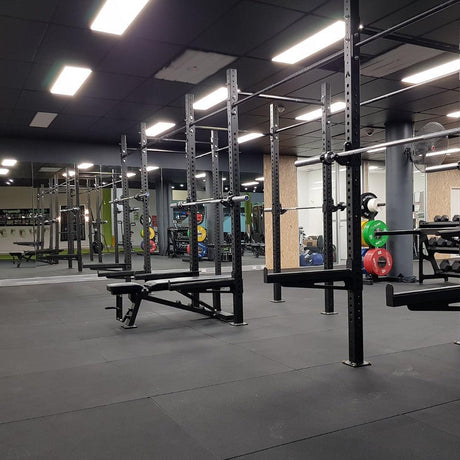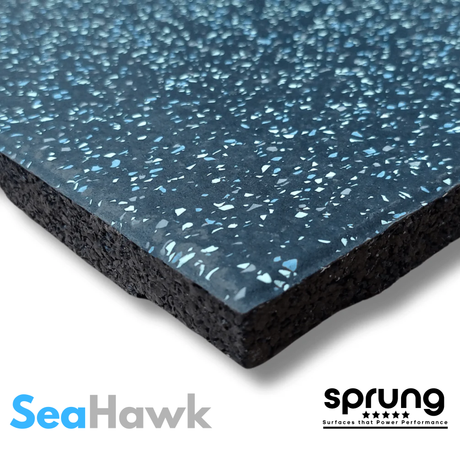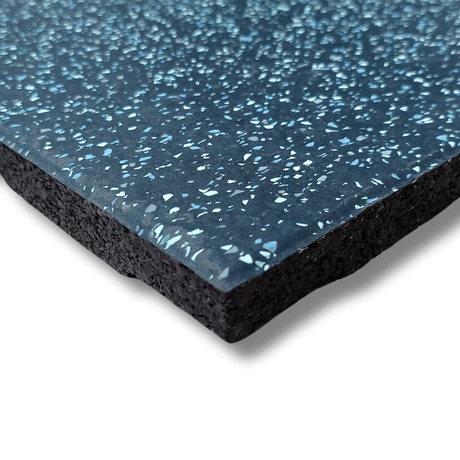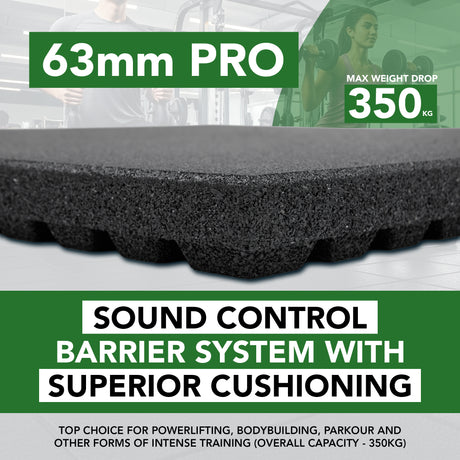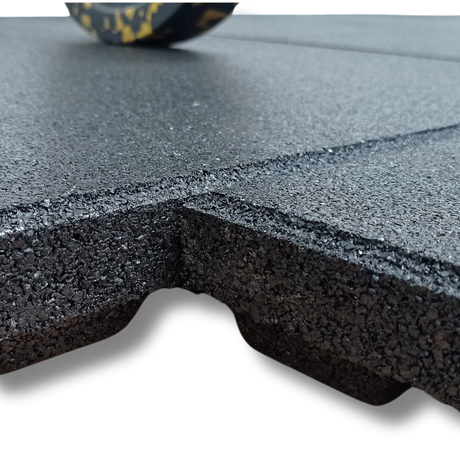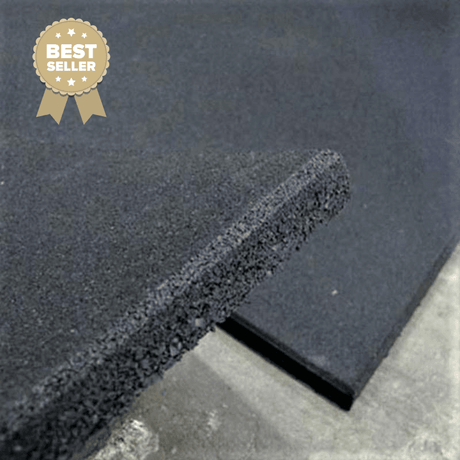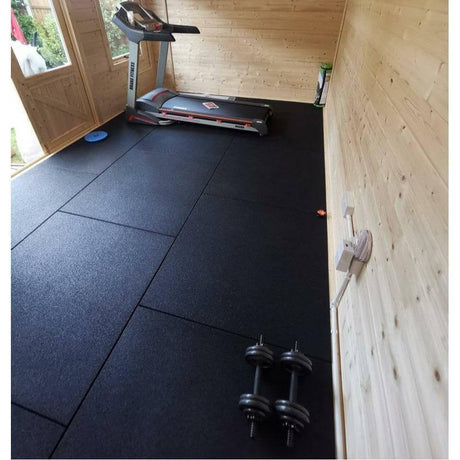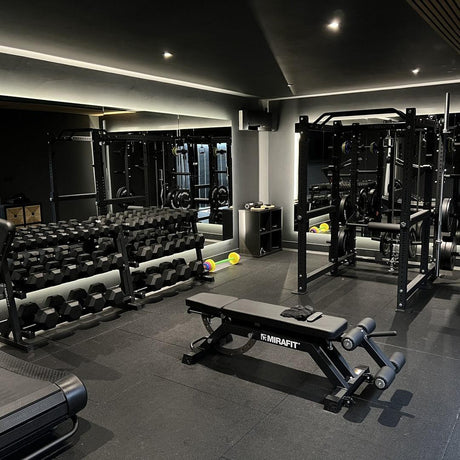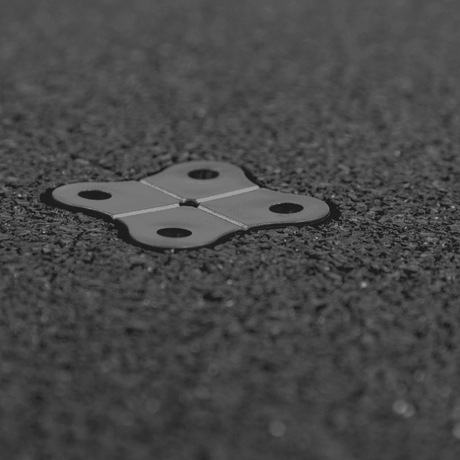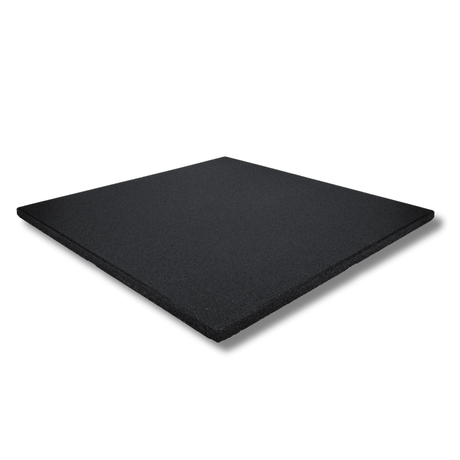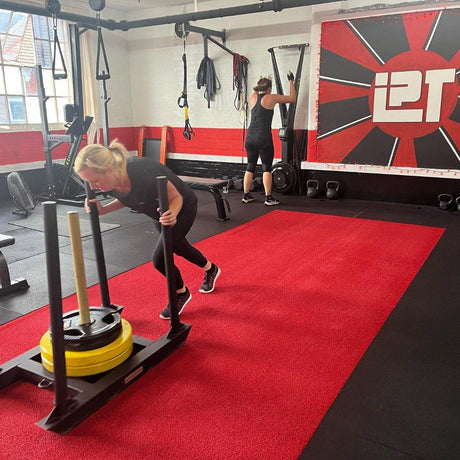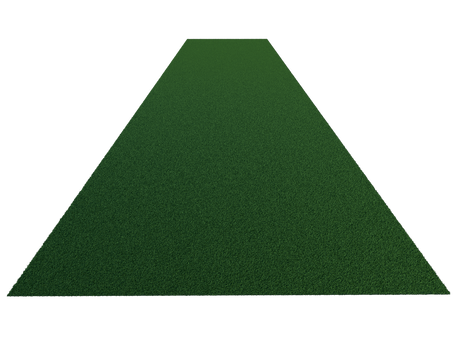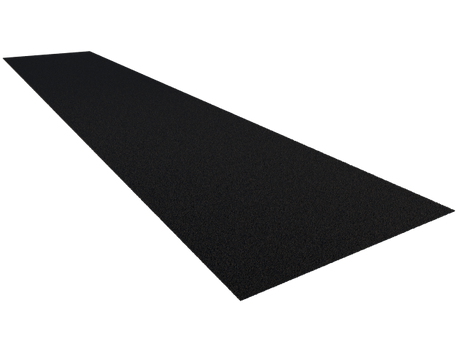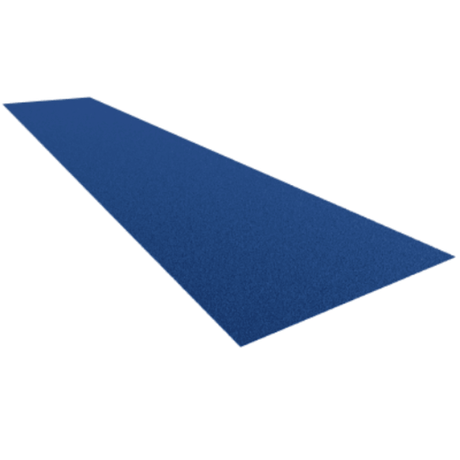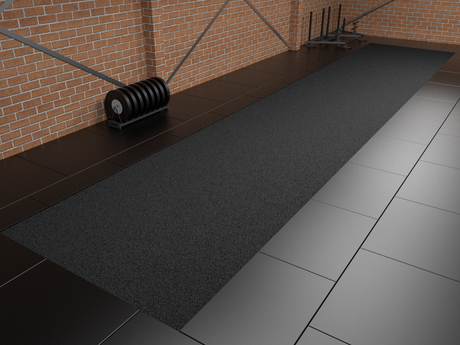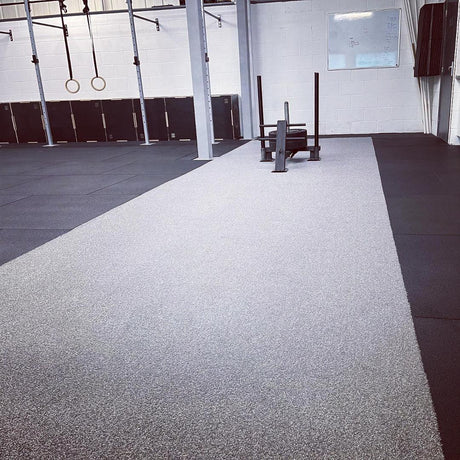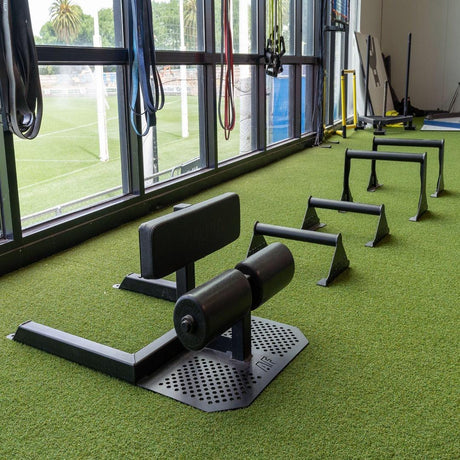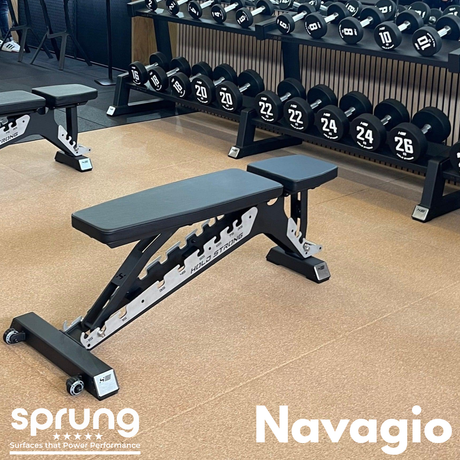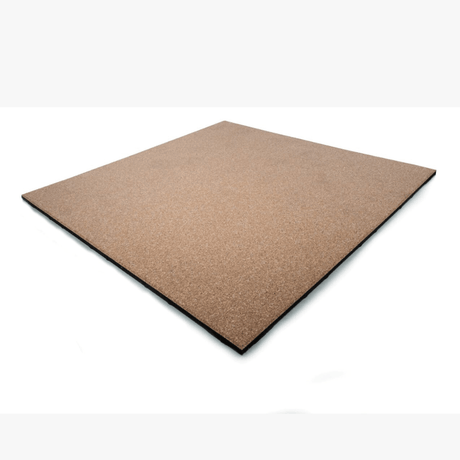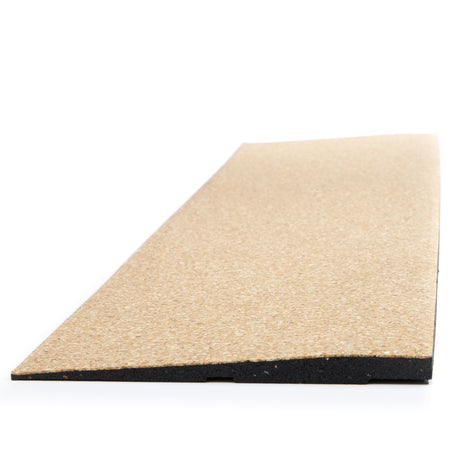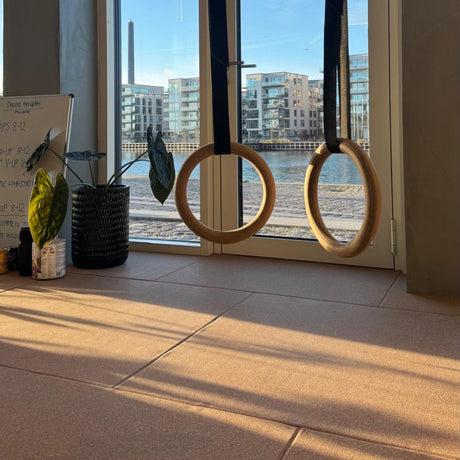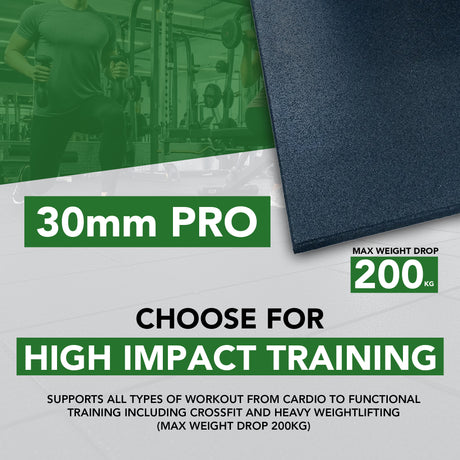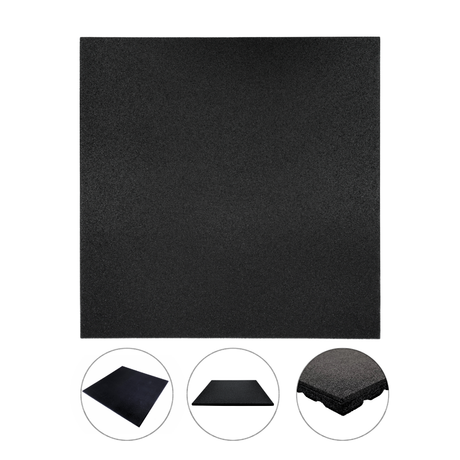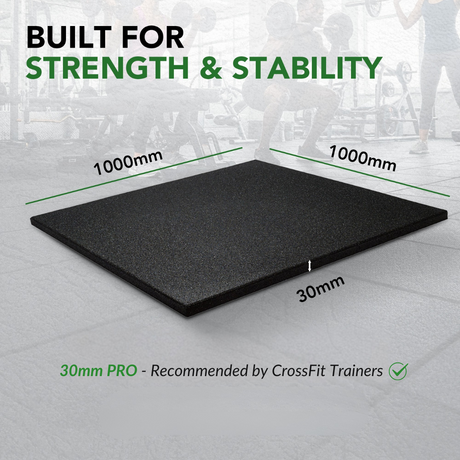20mm Rubber PRO Gym Flooring | Heavy-Duty, Smooth Top Surface – UK’s Highest Rated
£34.95£43.12Unit price /Unavailable15mm Sprung PRO Gym Flooring - Sprung Rubber Heavy Duty
£32.99£41.24Unit price /Unavailable30mm Sprung PRO Gym Floor Tile - Rubber Heavy Duty Gym Flooring
From £32.99£41.24Unit price /Unavailable20mm Sprung PRO Interlocking Gym Tiles - Connection Inserts Included
From £14.75£18.44Unit price /UnavailableJet Black Rubber Mat Roll - 10m² Gym Flooring Solution
From £139.00£161.25Unit price /UnavailableSprung Konnecta Snowflake Premium Self-Locking Gym Flooring Mat - 20mm
£54.59£65.74Unit price /UnavailableSprung Konnecta Velvet Black Premium Gym Flooring Mats - 20mm
£96.99£117.49Unit price /Unavailable20mm Sprung Seahawk Premium Fleck Rubber Gym Flooring tile
£54.99£66.24Unit price /Unavailable63mm Sprung PRO Gym Anti-Shock Flooring Tile - Max Weight Drop 350KG
£121.00£151.25Unit price /Unavailable30mm Sprung PRO Interlocking Gym Tiles - Connection Inserts Included
£66.99£81.24Unit price /UnavailableSprung Konnecta Navagio Premium Gym Flooring Mats - 20mm (NEW PRODUCT)
From £56.40£70.50Unit price /Unavailable
In the world of fitness and athletic training, the foundation of any great facility is its flooring. For those involved in strength and conditioning—whether they are athletes, fitness enthusiasts, or professional trainers—the correct rubber flooring underfoot plays a crucial role in performance, safety, and longevity of both the space and equipment. At Sprung Flooring, we specialise in providing high-performance gym flooring solutions designed to meet the demands of strength and conditioning training. From absorbing the impact of heavy lifts to offering the right level of traction for dynamic movements, our flooring systems are engineered to support every facet of a modern training environment.
This comprehensive guide will delve into the specific needs of strength and conditioning facilities, the role that flooring plays in optimising performance and preventing injuries, and how our products offer tailored solutions for fitness centres, gyms, and athletic complexes.
The Importance of Flooring in Strength & Conditioning Spaces
Strength and conditioning (S&C) refers to a broad spectrum of training that includes weightlifting, plyometrics, functional training, agility drills, and more. Given the diversity of movements and equipment involved, S&C flooring must meet several key requirements:
-
Durability: Flooring in an S&C environment takes a beating. Whether it’s from dropping heavy weights, enduring high foot traffic, or withstanding the friction from sled pushes, the materials used must be robust enough to maintain their structural integrity over time.
-
Shock Absorption: When performing high-intensity lifts or plyometric exercises, athletes often drop weights or land with force, creating significant impact on the floor. Proper shock absorption reduces stress on athletes’ joints, prevents damage to equipment, and protects the subfloor from long-term wear and tear.
-
Traction and Grip: Many movements in S&C require athletes to push against the ground for force production, especially in exercises like deadlifts, squats, sprints, or lateral drills. Without proper grip, the risk of slipping increases, leading to potential injuries and compromised performance.
-
Sound and Vibration Reduction: The constant dropping of weights and high-intensity activities can create noise and vibrations that resonate throughout a building. Flooring designed to dampen sound and absorb vibrations helps create a quieter, more comfortable training environment for both athletes and gym owners.
-
Easy Maintenance and Hygiene: With heavy use comes the challenge of maintaining a clean and hygienic space. The flooring must resist sweat, chalk, and grime, while being easy to clean and disinfect to meet modern hygiene standards, especially in high-traffic gyms and fitness centers.
-
Customizability and Aesthetic Appeal: S&C facilities, from elite training centers to local gyms, increasingly focus on creating a professional, visually appealing environment. Flooring that can be customized in terms of color, design, and logo integration helps facilities align their brand with their training space, offering both functionality and aesthetics.
Types of Flooring for Strength & Conditioning
At Sprung Flooring, we understand that not all strength and conditioning environments are the same. Different training areas require different flooring solutions to accommodate specific activities and equipment. Here, we explore the primary types of flooring suitable for strength and conditioning facilities, all of which are available through our product lines.
1. Rubber Flooring
Rubber flooring is the most versatile and widely used flooring type in strength and conditioning facilities. It’s a highly durable material capable of withstanding the impact of dropped weights, high foot traffic, and general wear and tear. Rubber flooring comes in various forms, including rolls, tiles, and mats, each offering unique benefits.
-
Pros:
- High durability and resilience under heavy loads.
- Excellent shock absorption for both athletes and equipment.
- Slip-resistant, even in high-moisture environments.
- Available in various thicknesses to suit different levels of impact.
- Easy to clean and maintain.
- Cost-effective for large spaces.
-
Cons:
- Can have a strong rubber odor when first installed (though this dissipates over time).
- Heavy and difficult to install in large rolls without professional help.
-
Best Applications: Rubber flooring is ideal for areas where heavy lifting occurs, such as weight rooms, squat racks, and deadlift platforms. It’s also great for functional training spaces where athletes use kettlebells, dumbbells, and perform bodyweight exercises.
2. Interlocking Rubber Tiles
Interlocking rubber tiles are a specific form of rubber flooring that offers flexibility in terms of installation and customization. These tiles are particularly popular for smaller gyms or areas within larger facilities that require reconfiguration or modular designs.
-
Pros:
- Easy to install without the need for adhesives—perfect for modular spaces.
- Can be easily replaced if one tile becomes damaged, reducing long-term maintenance costs.
- Allows for color and design customization, including logos and branding.
- Provides all the benefits of standard rubber flooring in terms of durability and impact absorption.
-
Cons:
- The interlocking edges can sometimes shift over time, requiring readjustment.
- Slightly higher cost compared to rolled rubber flooring due to the precision manufacturing of the tiles.
-
Best Applications: Interlocking rubber tiles are perfect for areas that require modularity, such as functional training zones, group fitness spaces, or smaller boutique gyms. They are also ideal for facilities that want to easily integrate their brand or logo into the floor design.
3. Turf Flooring
Turf is an increasingly popular choice for strength and conditioning facilities, especially those focused on functional training, speed and agility drills, and sled work. Artificial turf provides a natural feel underfoot, allowing athletes to perform a wide variety of movements that mimic outdoor training in an indoor environment.
-
Pros:
- Great for high-performance functional training, including sprints, sled pushes, and agility drills.
- Soft underfoot, reducing impact on joints during high-intensity drills.
- Customizable in terms of color, markings, and logos.
- Durable and resistant to wear from high-traffic activities and equipment.
-
Cons:
- Less effective for heavy lifting areas as it lacks the shock absorption needed for dropped weights.
- Requires more maintenance than rubber flooring, particularly in terms of cleaning and debris removal.
-
Best Applications: Turf is ideal for dedicated functional training areas, particularly those focused on dynamic movements like sprints, agility drills, and sled pushes. It’s commonly used in professional sports training facilities, CrossFit gyms, and high-performance athletic centers.
4. Foam Flooring
Foam flooring, typically made from EVA foam, offers a softer, more cushioned surface compared to rubber or turf. It’s particularly suited for areas where athletes are performing bodyweight exercises, floor work, or stretching.
-
Pros:
- Lightweight and easy to install, making it ideal for temporary or changing spaces.
- Provides a cushioned surface for exercises involving body contact with the floor.
- Affordable and available in various thicknesses.
-
Cons:
- Not as durable as rubber or turf; prone to wear under heavy weights or high traffic.
- Lacks the shock absorption needed for heavy lifting areas.
-
Best Applications: Foam flooring is best suited for areas dedicated to stretching, yoga, or bodyweight exercises. It’s commonly found in personal training spaces or areas where softer flooring is desired for comfort.
Key Considerations for Choosing Strength & Conditioning Flooring
Choosing the right flooring for a strength and conditioning facility is not just about selecting a material—it’s about understanding the specific needs of the space, the athletes, and the type of training that will occur. At Sprung Flooring, we emphasize the following factors when helping our clients choose the perfect flooring system:
1. Activity Type
Different training modalities require different flooring properties. For example, Olympic lifting areas need thick, high-density rubber to absorb the impact of dropped weights, while functional training zones may benefit from turf for agility drills. Understanding the primary activities in each area will help you select the best flooring for performance and safety.
2. Foot Traffic and Equipment Load
High-traffic areas or spaces with heavy equipment (like squat racks or sleds) need flooring that can withstand consistent wear and pressure. In these cases, thicker and denser materials, like 8mm or 1-inch rubber flooring, are ideal to prevent damage and extend the lifespan of the floor.
3. Noise and Vibration Control
In commercial gyms or urban environments, noise reduction is critical. Thick rubber flooring or specialized acoustic underlays can help reduce the noise from dropped weights and high-impact activities, creating a quieter and more comfortable environment for everyone.
4. Maintenance and Longevity
Gyms are high-traffic environments, and the flooring needs to be easy to clean and maintain. Materials that resist moisture, sweat, and chalk, while being easy to disinfect, are critical for keeping the facility safe and hygienic. Rubber and turf are both relatively low-maintenance options, but foam flooring may require more attention to avoid damage and wear.
5. Aesthetics and Branding
Strength and conditioning facilities often serve as flagship spaces for athletic teams, gyms, and training centers. Custom flooring options that incorporate team colors, logos, and specific designs can help reinforce branding and create a visually cohesive space. Interlocking rubber tiles and turf are especially well-suited to customization.
Strength and conditioning flooring is about more than just covering a surface—it’s about providing the foundation for athletes to train safely and effectively. At Sprung Flooring, we are dedicated to offering high-performance flooring solutions that meet the demands of modern training environments. From the durability of rubber flooring to the versatility of turf, our products are engineered to support every aspect of athletic performance while ensuring safety, longevity, and easy maintenance.
By choosing the right flooring for your strength and conditioning facility, you not only protect your equipment and athletes





